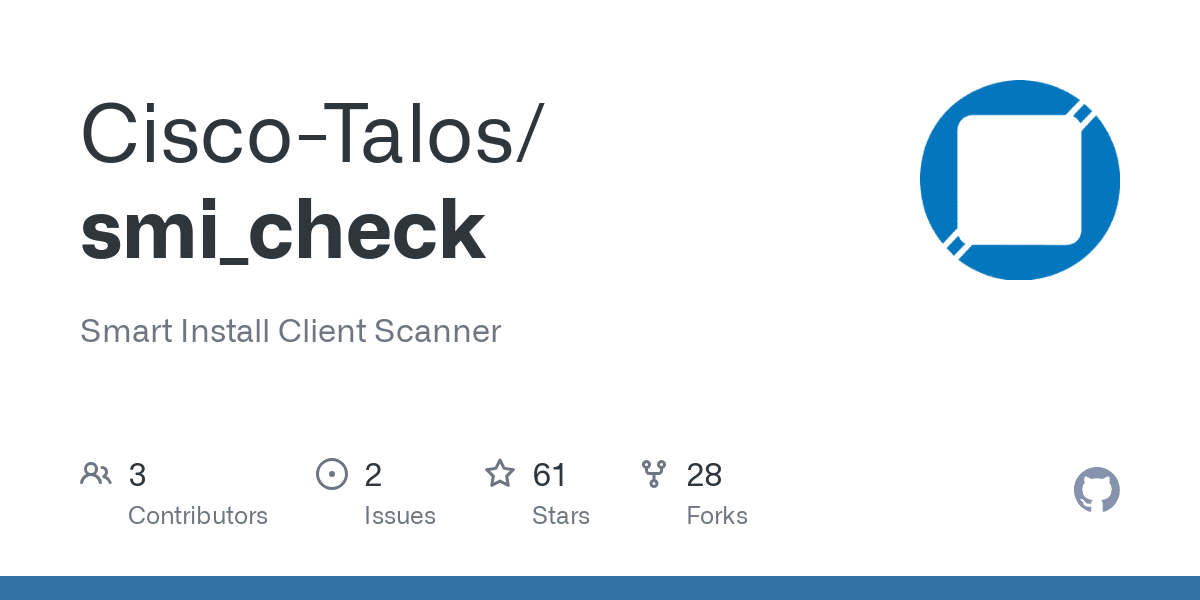In today’s digital landscape, the threats to cybersecurity are evolving at an alarming rate. One of the latest and most concerning tactics employed by hackers involves exploiting Cisco’s Smart Install feature, a tool designed to simplify network deployment and management. While this technology offers significant convenience to network engineers, it has also become a tempting target for cybercriminals looking to infiltrate systems and pilfer sensitive data. As these breaches grow in sophistication, understanding the vulnerabilities associated with Smart Install is crucial for organizations aiming to strengthen their defenses and safeguard their valuable information.
Table of contents
ToggleUnderstanding the Vulnerability
In the ever-evolving landscape of digital security, the Cisco Smart Install feature has emerged as a target for cybercriminals. Designed to aid in the streamlined deployment and management of networking equipment, this tool has inadvertently opened doors for malicious actors to infiltrate vulnerable systems, compromising sensitive data.
Cybersecurity experts have noted a significant uptick in attacks leveraging this particular vulnerability. As more organizations adopt various networking management tools, it’s crucial to be aware and informed about such threats that could potentially endanger data integrity.
Recent Alerts from Authorities
The Cybersecurity and Infrastructure Security Agency (CISA) recently issued a warning regarding the active exploitation of Cisco Smart Install. These attacks primarily aim to gain access to particularly sensitive information, highlighting the need for system administrators to take action and disable the outdated Smart Install Protocol to mitigate risks.
Impact of the Exploitation
The nature of these cyberattacks involves the use of readily available protocols and software, which allows attackers to infiltrate networks and exfiltrate critical configuration files. This not only exposes networks to severe security breaches but also raises the risk of internal data leaks or prolonged operational disruptions.
Moreover, CISA’s insights reveal that some hackers have successfully bypassed weaker security measures, such as employing weak passwords, showcasing the urgent need for enhanced security protocols.
Best Practices for Network Security
In response to the escalation of such threats, CISA recommends the following best practices:
- Disable Cisco Smart Install if it is not being used
- Update configurations according to the guidelines provided in the Smart Install Protocol Misuse documentation
- Employ strong, unique passwords for each Cisco device
- Avoid using generic group accounts that obscure individual user activity tracking
Proactive Monitoring and Response
Alongside the immediate measures suggested, organizations must keep a vigilant eye on their networks for any suspicious activity that could indicate an attempt to exploit the Cisco Smart Install vulnerability. Proactive monitoring and adaptable defenses are key in countering the tactics, techniques, and procedures employed by cybercriminals.
Furthermore, it is advisable for businesses to regularly consult resources and updates from cybersecurity agencies like CISA to stay informed about the latest threats and the best practices for counteracting them.
Ultimately, maintaining vigilance is paramount in the face of ever-evolving cyber threats. By adopting a proactive stance on network security protocols, organizations can significantly reduce their exposure to such vulnerabilities.
CISA Warns of Hackers Exploiting Legacy Cisco Smart Install Feature #cybersecurity https://t.co/FRoxirTWZs
— OODA (@ooda) August 9, 2024














